The Twitch Bus Does Tankatara – A Warbler Special
This past week saw the Tankatara area near Port Elizabeth become the birding hotspot for the week, with an eruption of rarities reporting in the span of a few days. The action all started when a Little Ringed Plover was picked up on the salt pans on Saturday the 26th of August. The bird was initially reported by Jo Balmer, Gregg Darling and Keith Joubert, and was only the second ever record for the Southern Africa region. Just minutes after the report had gone out, Michael Mason, the CEO of Twitch Bus Inc. was arranging a trip to the Eastern Cape in search of the bird. I decided to give the trip a pass, and allow some other keen birders to take the seat. Word is, there was excess demand in the twitch bus requests.
A few hours later, Daniel Danckwerts reported another massive bird for the sub-region, a Citrine Wagtail. The Citrine was located just a few meters from where the Little Ringed Plover was, and so even more twitchers began to adjust their plans accordingly. The twitch bus connected with the LRP and saw massive smiles on the faces of those who attended, I can attest to this due to the celebratory images received via whatsapp.
However, this wasn’t the end for Tankatara. Just 48 hours after returning from their 16 hour long return drive to the Eastern Cape, word of another special bird began to filter through on social media. A Warbler had been seen and photographed at the pans on Wednesday, and a couple of birders who came across the images in their timelines began to question the initial ID. The first IDs were for a Marsh Warbler, but upon closer inspection, a couple individuals suggested it could instead be an Eastern Olivaceous Warbler, or possibly an Upcher’s Warbler. Both these species have never been recorded in the Southern African region and would be an insane bird for the area.
Over the next day or so, as more individuals connected with the bird and more photos, videos and audio clips began to filter through. Those, particularly individuals familiar with the two species, suggested that Upcher’s seemed to fit most accurately with what had been provided. Changes in colour tones due to position of the sun, created some additional confusion for those looking to gather an ID.
Needless to say, Michael Mason was again ready and willing to fire up the twitch bus for a round two. And the bus was set to leave on Thursday night, making a Friday morning arrival. After having passed on the LRP, I had seen this as a seen, I had to give it a go. Or at least try get a spot on the bus. Before I knew it, things were set in place and we’d be leaving in the late evening and arriving in PE at around 6am on Friday morning.
No Sleep, Just Road
Before the journey had even begun, I knew that an 8 hour drive is a challenge. For some, sleeping in the car is possible, but for me, I know I am looking at about 40 hours without sleep. We set off on the N2, picking up Keir in Buffeljags on route. In the car already was David Hall, Rob Leslie, Keir Lynch, Nick Fordyce and Michael Mason. Monique and I joined, for a full house.
We pushed hard through the night, stopping only a couple times to switch drivers and for a bathroom break. By 5am on Friday morning, we began to see the road begin to gain some distinction, as the first evidence of sunlight arrived. We were all quite nervous, as a cold front had pushed through on Thursday afternoon, bringing with it rain and gale force winds. We just hoped that the bird had remained hunkered down, and not taken the weather as reason to depart.
Just as sun rise dawned, Trevor Hardaker dropped us an update that the bird had been relocated. Suddenly the car was doing 20km more per hour and we raced to make sure that we weren’t going to be too late.
We arrived at the location to another two vehicles already being present. The two individuals already on scene pointed out the bird for us. It was moving around the base of a lone tree where it had been seen the past couple days. Despite the joys we felt inside while connecting with this massively special bird, we couldn’t help but sit mostly straight faced, with a few smirks sneaking through, as the icy winds swept across the pans. The temperatures were unbelievably cold, and our hands were numb within the first several minutes, nearly unable to click the shutter on the camera. In fact, you can blame the cold on the quality of the following video clip I took of the bird… In between the wind, and the shaking from the cold — it left me with some very questionable video quality.
Light in the initial 30 minutes to an hour wasn’t ideal, with thick clouds related to the cold front still blocking the horizon. A short period of about 15 minutes of sunlight occurred, where the bird gave us a few short views in the golden morning light.
The bird later gave much better views, as it moved to another small bare tree on the side of the one pan. It moved around extremely relaxed, in cases moving towards birders and preferring the vegetation that lay at the birders feet. The movement seemed to be mainly between the short vegetation along the pan, the big primary tree and then again in the bushes across the road. This last location was discovered when Rob Leslie had gone to look for one of the Rufous-Eared Warblers that were there, and instead came across the likely Upcher’s Warbler moving between bushes in the field.



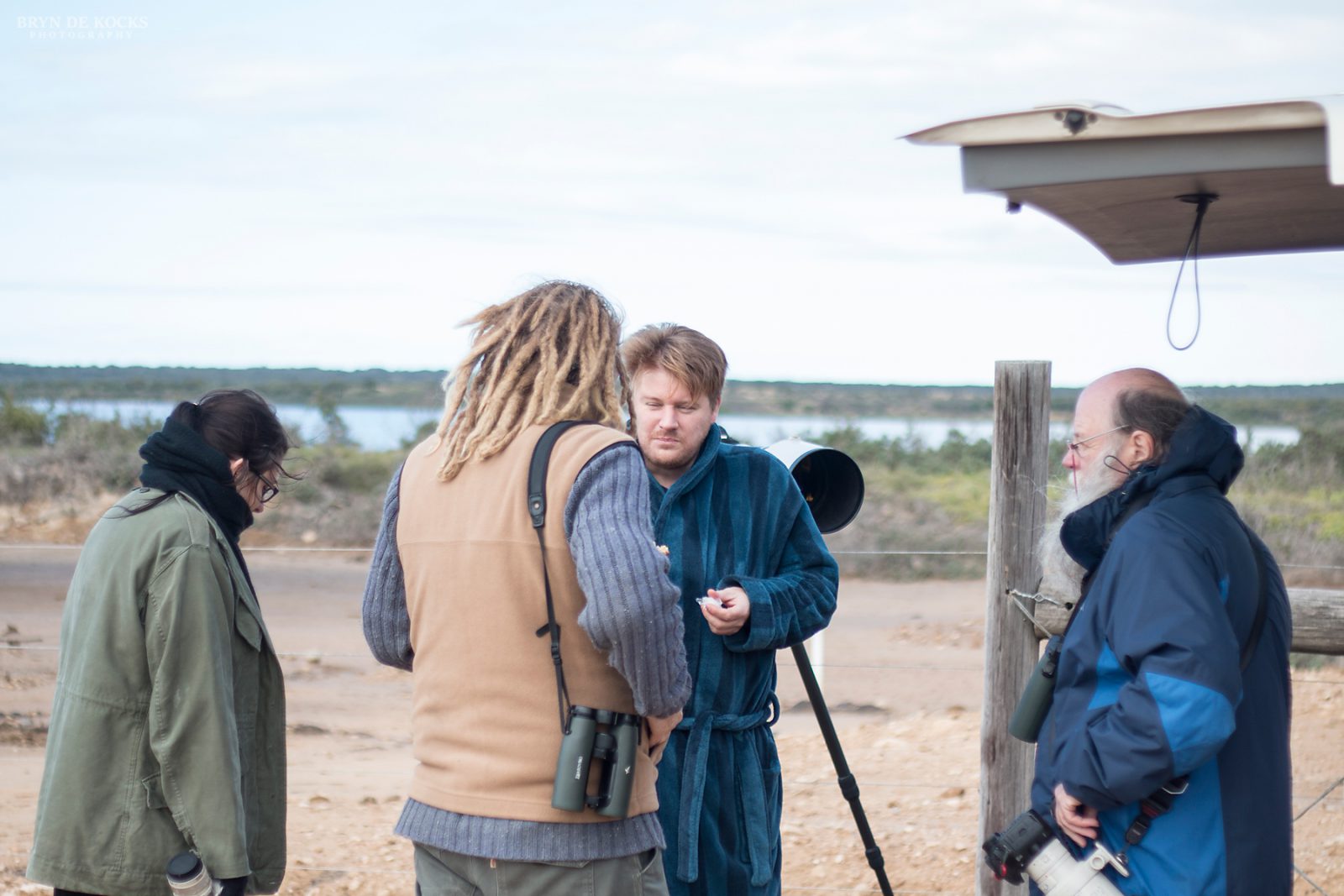
In the skies above, we had a number of Little Swifts moving around, along with a single African Palm Swift, which was a lifer for Monique, along with the Rufous-Eared Warbler.
Nick and Keir had gone on a mission with the scope, in search of the Little Ringed Plover, which at this point had not been seen for a couple days. Unfortunately we weren’t able to relocated either the LRP, nor the Citrine. However, in the end we really did get treated to some good views of the special Warbler.
The Search For Roseatte
We decided to make a short detour on the way home and stop off at Cape Recife, where Roseatte Tern are quite reliable. Michael still needed this for his life list, surprising with such a big number and the Roseatte not being a particularly tough bird in the right location. Never the less, Michael believes in ‘balanced birding’, and there is hardly room to argue that things certainly get less exciting the higher up on the list your numbers get. With only the occasional adrenaline rush each year.
The trip through the P.E CBD on the first day of the month was definitely a special one, and didn’t leave me with the best first impressions of the town. Poor Nick, who was behind the wheel almost got driven into by at least 5 different taxis, while everywhere one looked there was a major traffic violation being made. Perhaps they just saw an extended white van they didn’t recognize, and thought we were there to hustle them out of money, but the scenes were like that of a skit. Never have I seen such terrible, illegal driving… Needless to say, I believe Nick was very relieved when we made it out the CBD in one piece.



At Recife, we got out the car and made our way onto the beach around the lighthouse. Within seconds we had picked up a couple of Roseattes within the group of Terns. One individual showing particularly good looks, with long visible streamers and full breeding plumage.
We scouted out the rest of the Terns, with Keir strongly hoping that wishes came true so that he could nail down the Bridled Tern which until recently had been a reliable bird at Recife each year. While we didn’t get to enjoy Bridled, we still enjoyed our time in the area, with several of us adding a new lifer, and Monique managed to pick up two in the form of the Roseatte and a single Ruddy Turnstone.
The Trip Home
On route back to the twitch bus, we were informed that we had a nail/screw in the rear right tyre of the bus, not ideal since we were still at least 800km out of Cape Town. We took to the road and hoped that it would stay put for the journey. It was another 100 or so kilometers, 100 very stress-filled and anxious kilometers for me, who always imagines the worst case scenario on the roads. But we made it to Tsitsikamma without encountering death, where we managed to get fueled up, grab some snacks and also get the tyre plugged.
The rest of the trip felt unbelievably long. Despite the company being that of quality, after nearly 40 hours of staying awake, you enter a weird space where hallucinations seem to become common place, and the road turns into oceans and oncoming cars morph into large eagle-like beasts. But we did managed to make it home, arriving back in Somerset West just shy of 10pm on Friday night.
Another success with the twitch bus, which gives it a 100% success rate.
Thanks to all those in the bus, and once again, particular to Michael for making it all happen!
About The Warbler
The currently unknown mystery of the bird’s identity is likely soon to change, despite early thoughts pointing towards EOW, almost all recent evidence seems to side with the likelihood of Upcher’s. Trevor Hardaker posted the following regarding the ID in the latest Rare Bird Report:
“- Apparent large size, bulk and structure of bird including large head and very strong bill with completely pale lower mandible.
– Large, broad and dark tail with small whitish tips to the outer tail feathers and a rather broad whitish edge to the outer web of the outer tail feather.
– Obvious pale fringes on the median coverts and secondaries forming a pale panel in the wing (Eastern Olivaceous Warbler can show pale fringes to secondaries, but not normally also on median coverts apparently, so the wing panel generally appears a lot less obvious)
– A moderate, not long, primary projection beyond the tertials.
– The tip of the middle tertial is noticeably closer to longest tertial than shortest tertial (as opposed to being evenly spaced in Eastern Olivaceous Warbler).
– The miniscule outer primary obvious on this bird which should be larger and more noticeable in Eastern Olivaceous Warbler (it should typically stick out from the primary coverts in EOW).
– From ringers who handle these birds regularly, they have also noted that the inside of the throat is obviously orange-toned whereas it would be more yellow in Eastern Olivaceous Warbler.
– Lots of video footage obtained of this bird is showing the deliberate, relatively slow tail pumps more typical of Upcher’s Warbler as well as some U-shaped tail movements, not just straight up and down movements.
– Yesterday, a clear call recording was obtained of the bird which confirms the deeper and almost harsher call notes typical of Upcher’s Warbler as opposed to slightly higher pitched, more “tinny” sounding call notes of Eastern Olivaceous Warbler.”
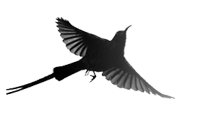

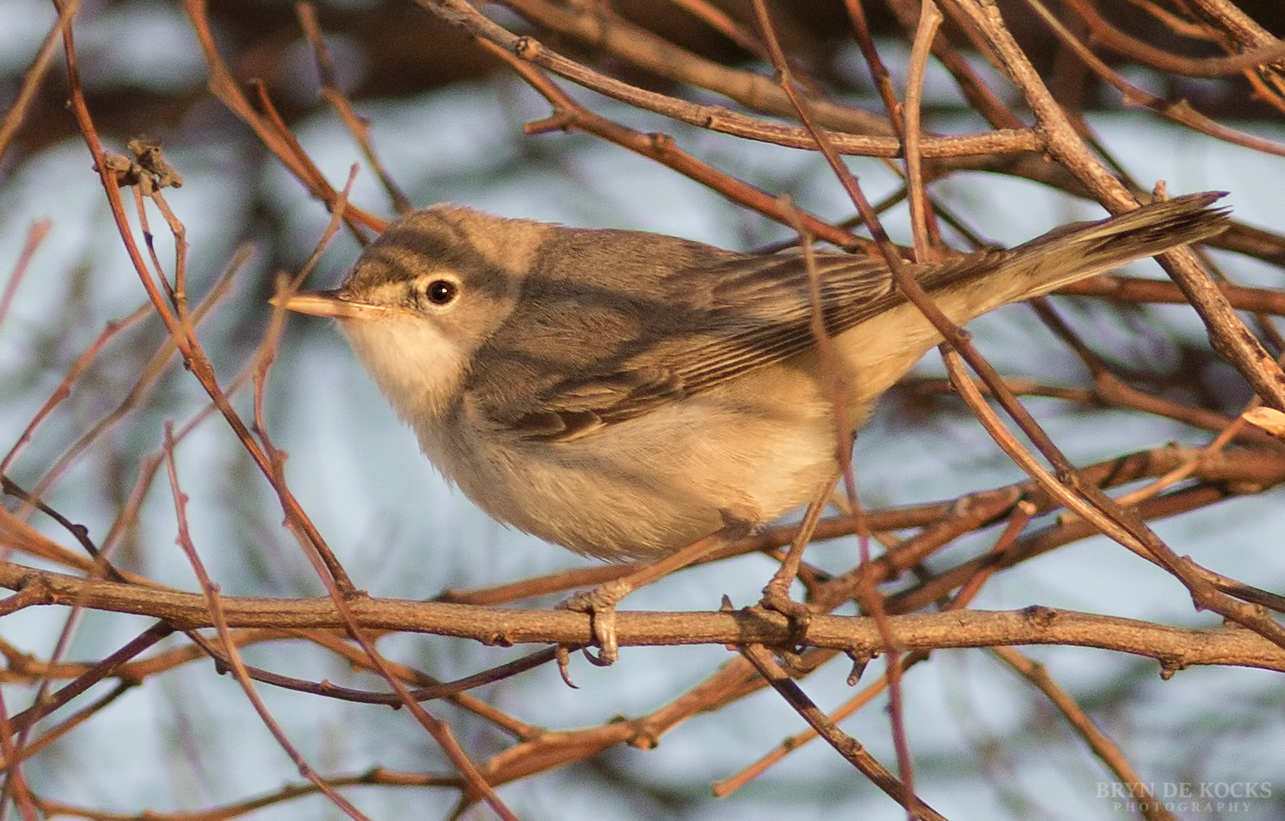
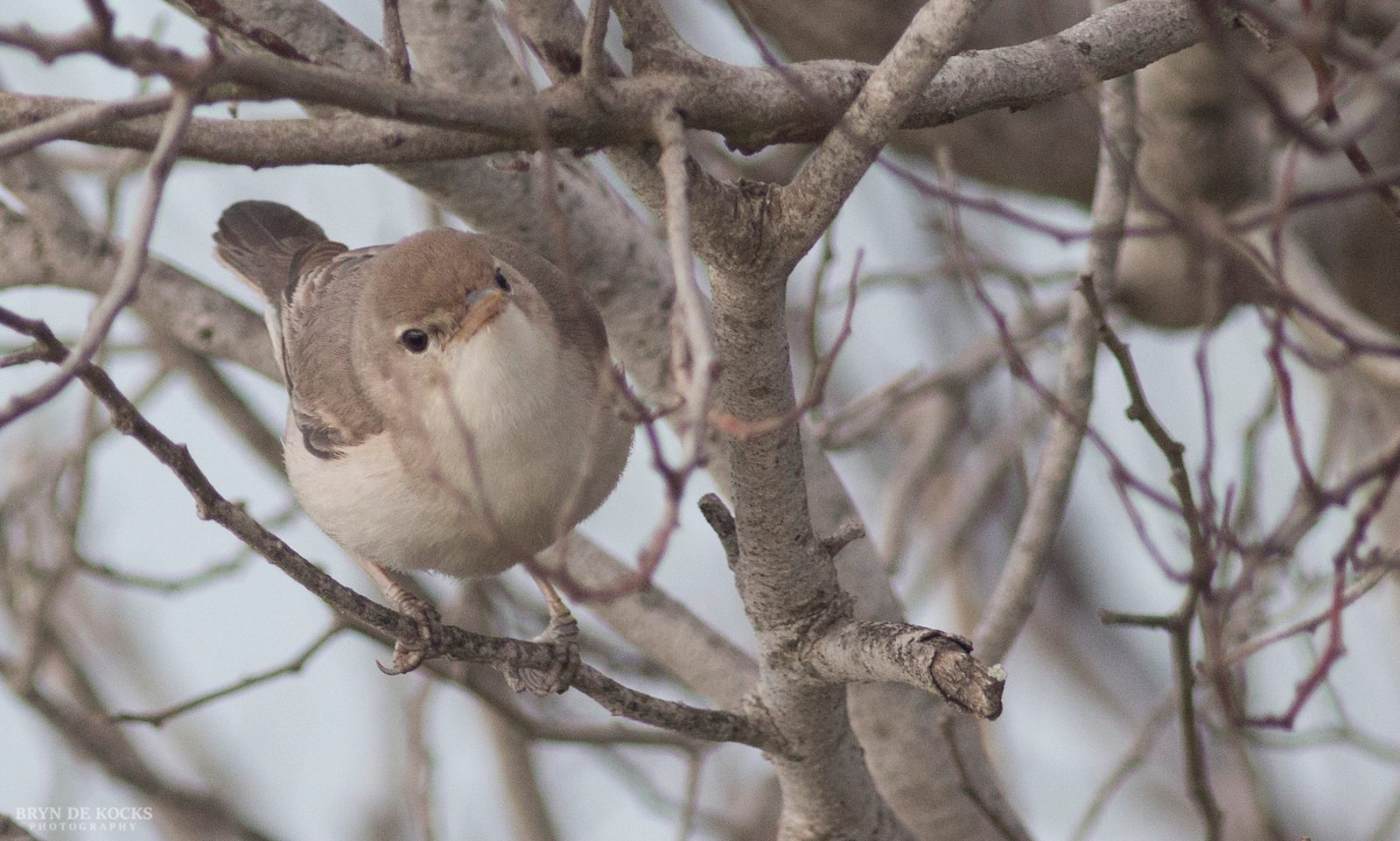
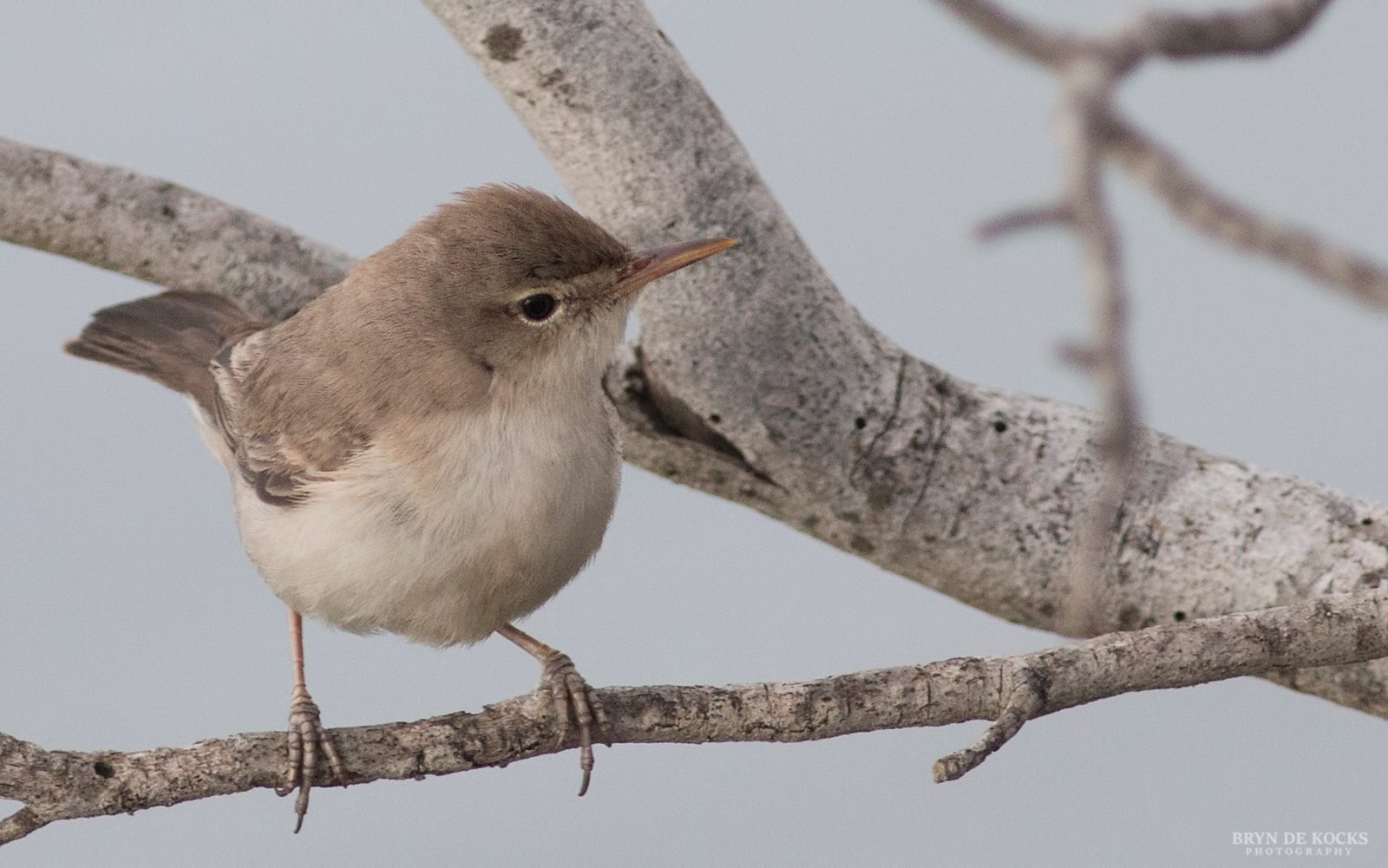
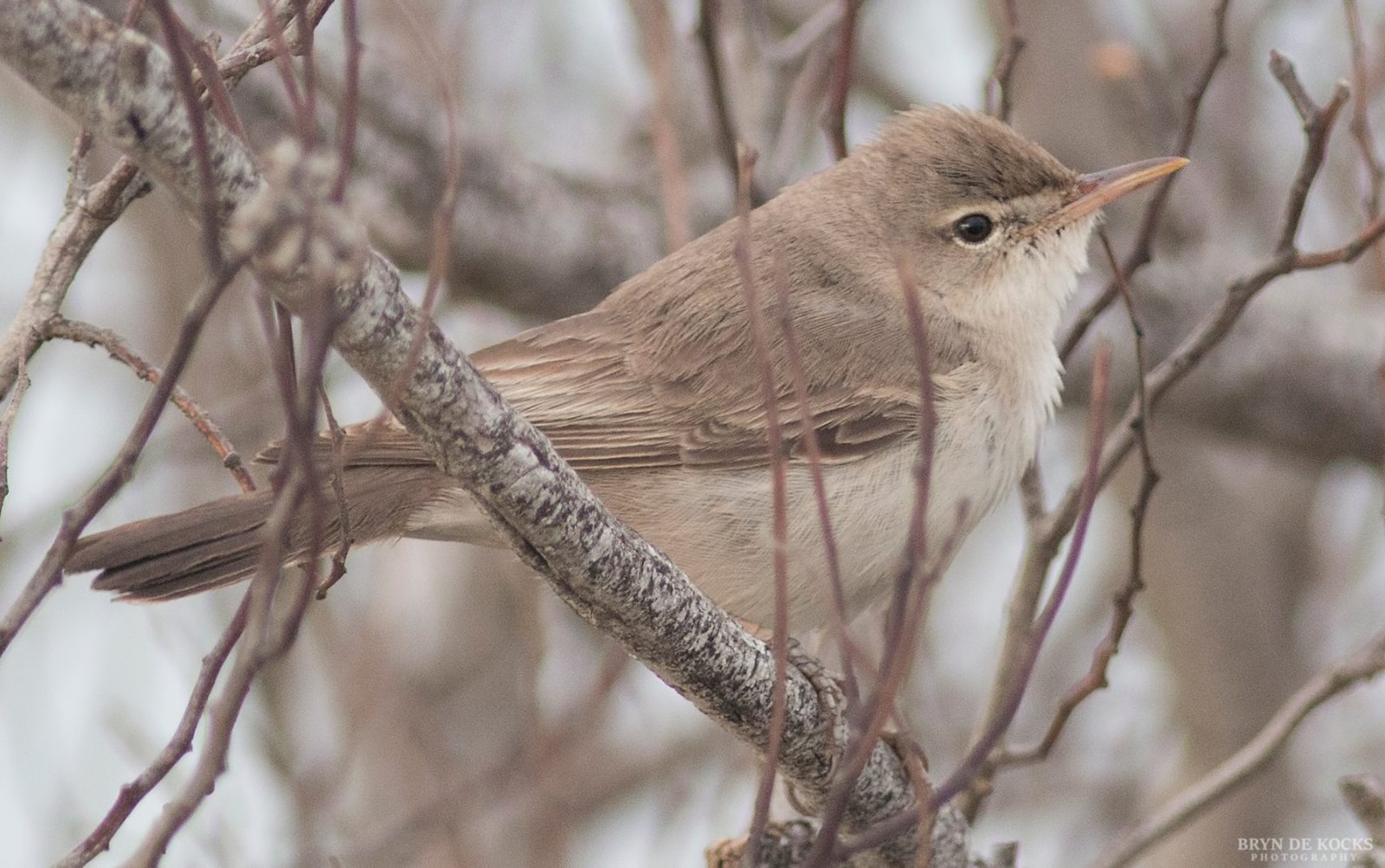
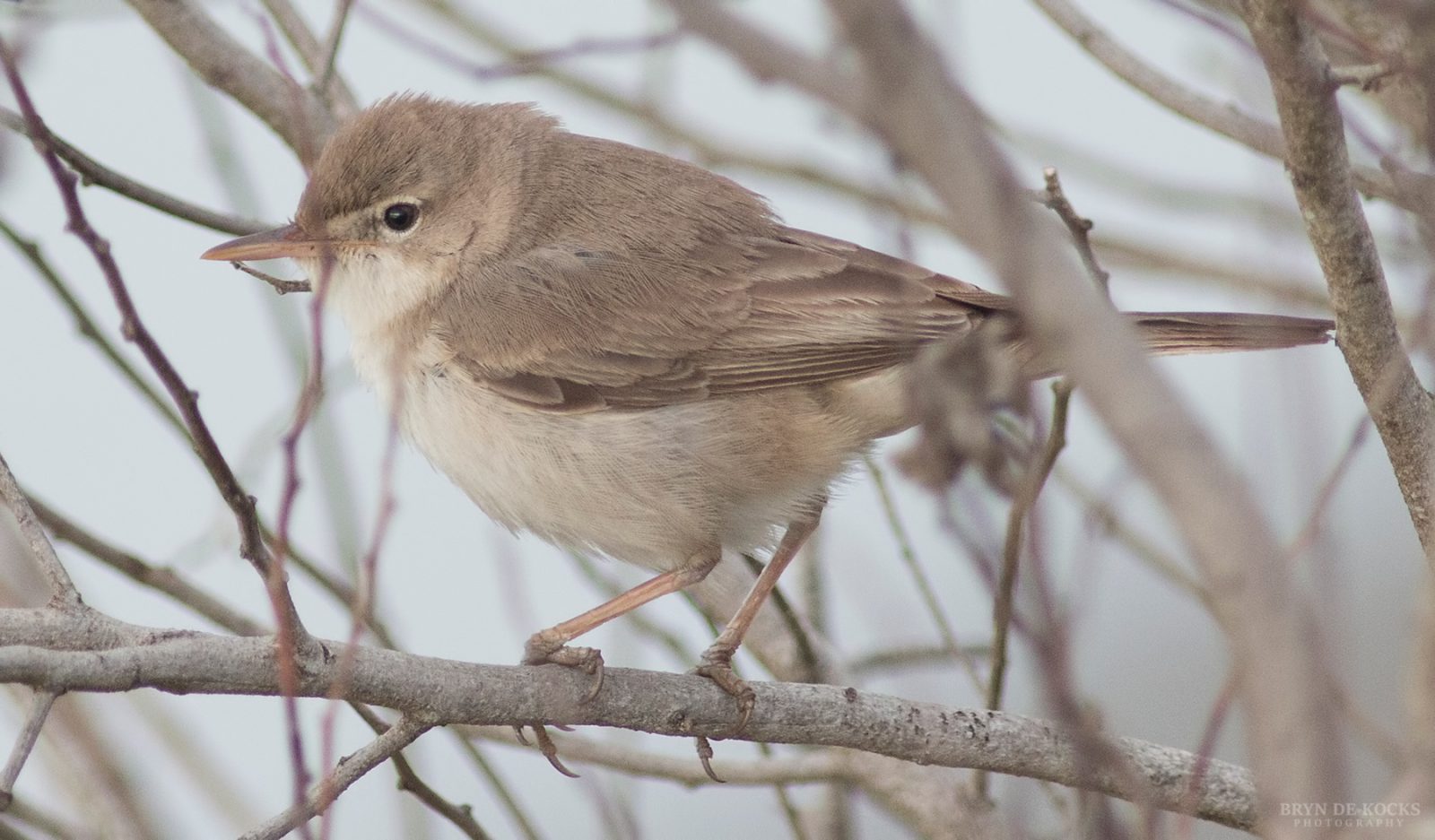


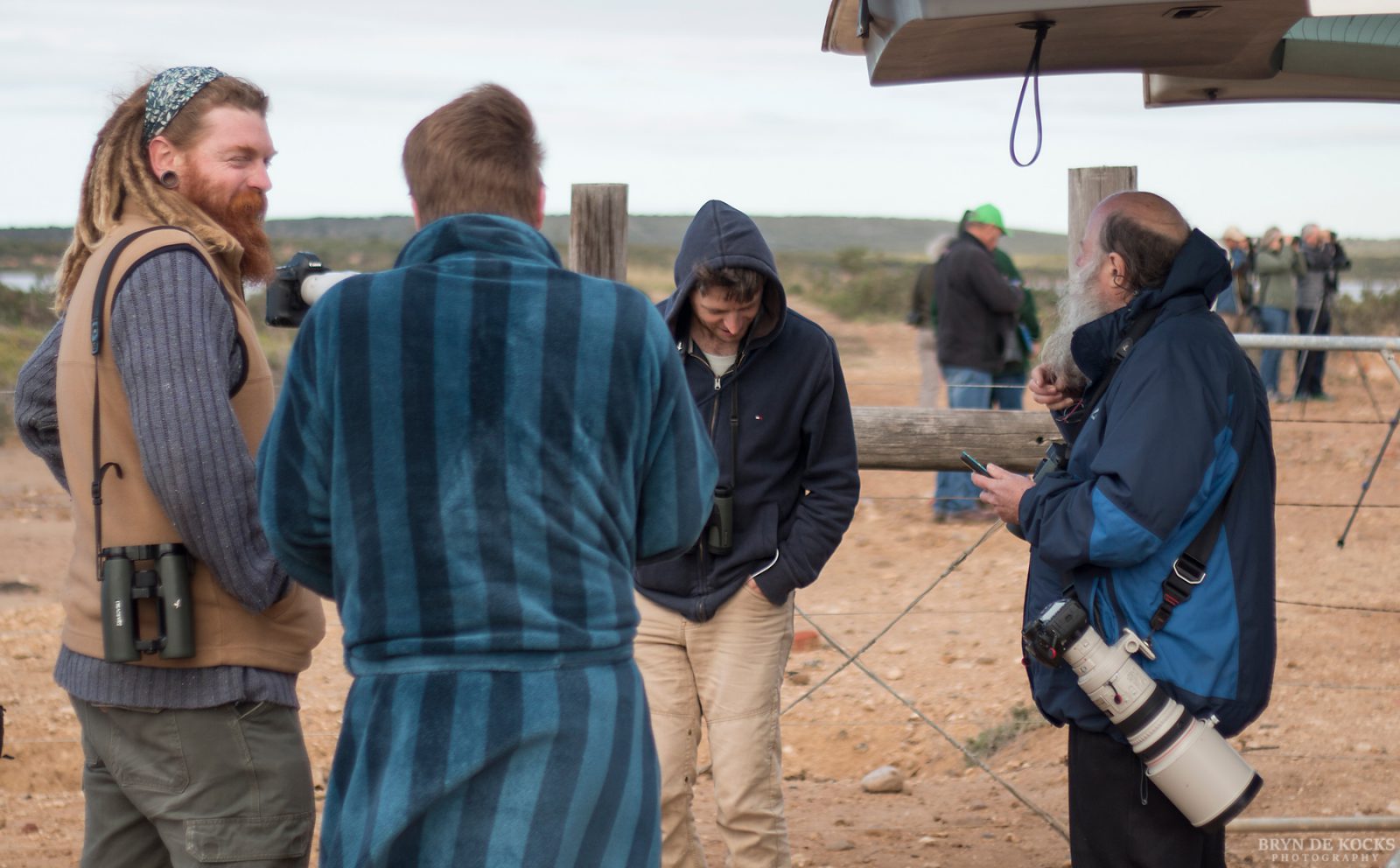
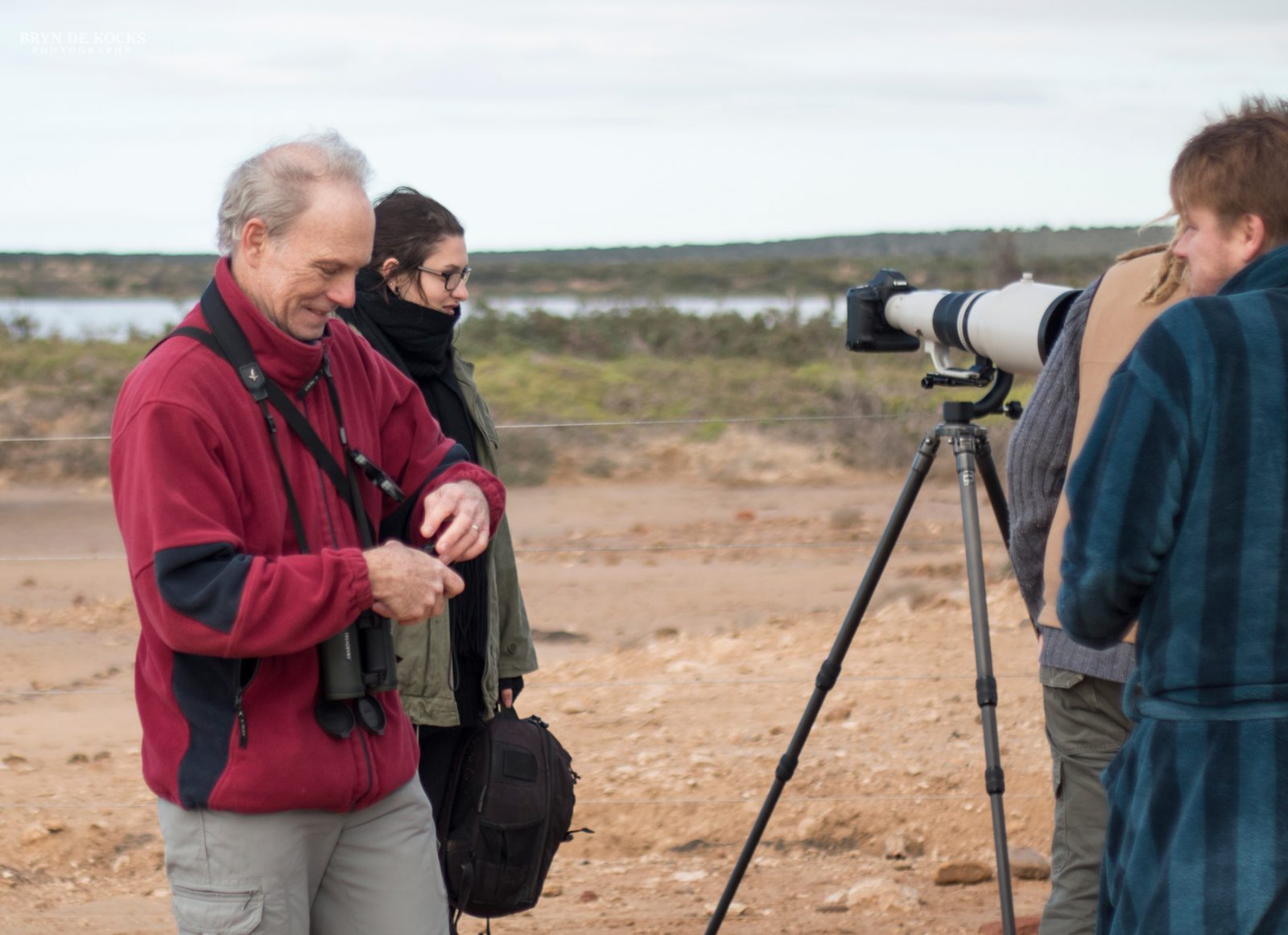

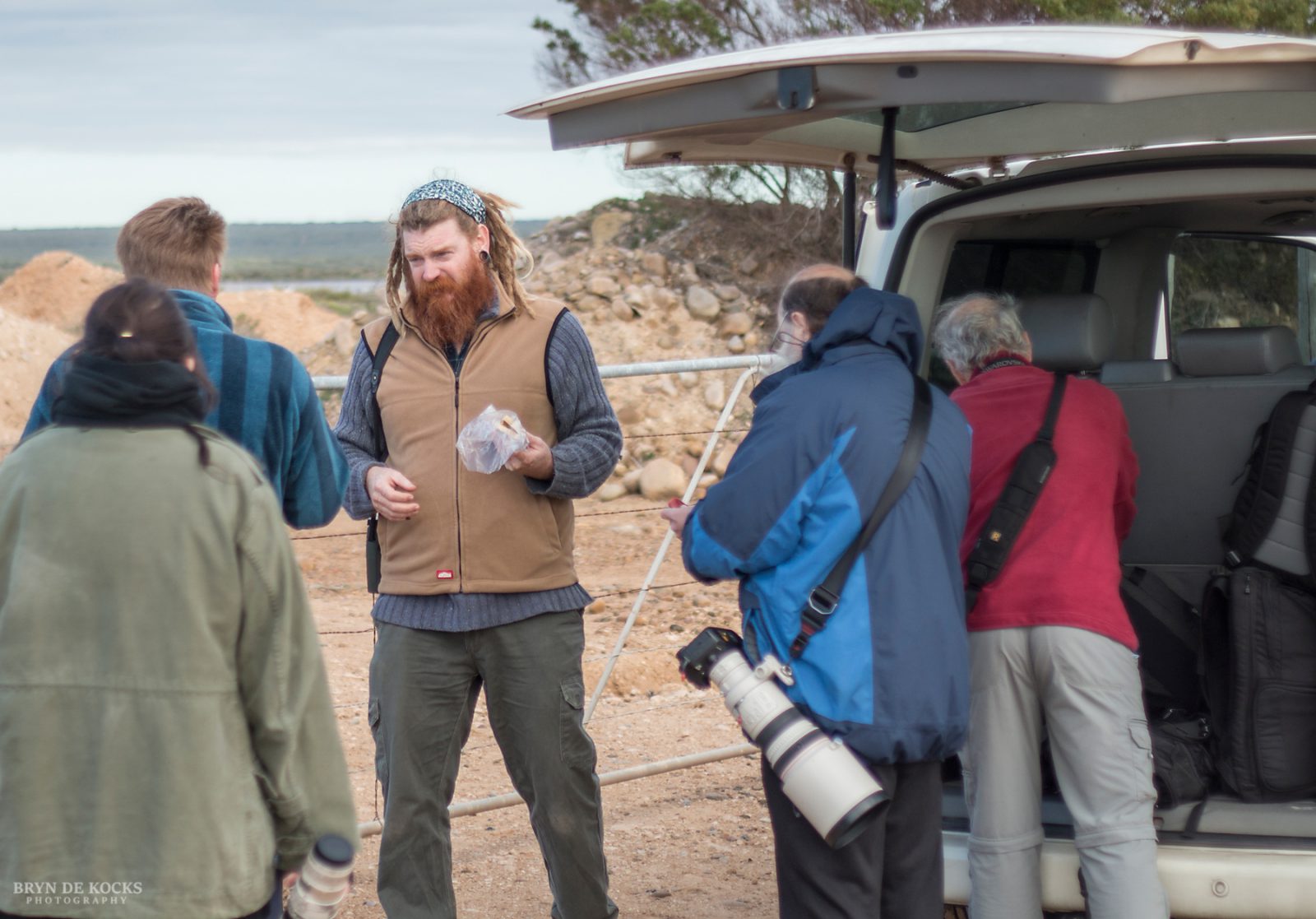


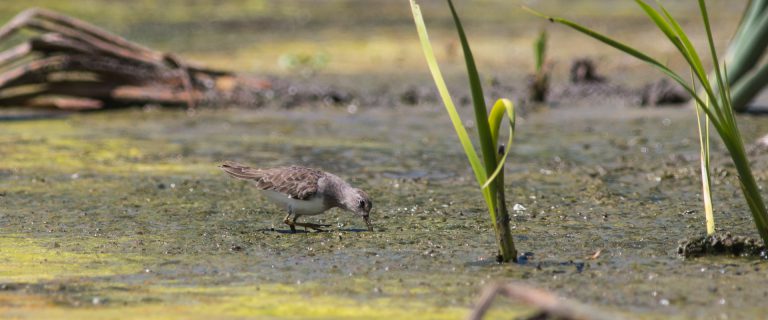


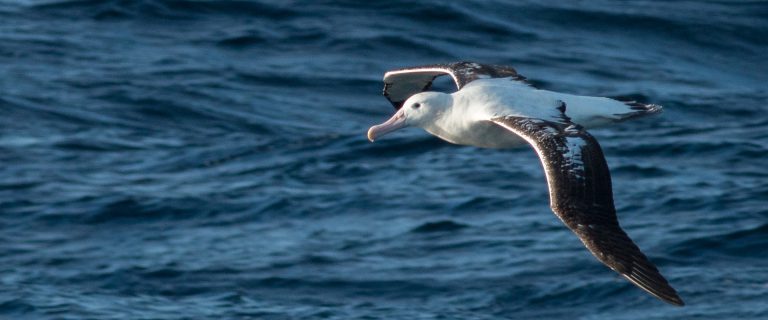
One Comment